Like other mothers, Donna Blouin tries her best to feed her children a healthy diet. She has five. A 22-year-old son and two sets of twins! One (boys) is 11 and the other (boy and a girl) is 8.
Doing her best means Donna reads labels to the point that family members hate to go shopping with her. “My husband can’t stand reading the labels,” she says. “It takes too long, so he says ‘just tell me what to get.’ All the kids have some sort of sensory issue and because of that, we try to avoid mostly high fructose corn syrup. And one of our 11-year-olds had an autoimmune disease that affected his kidneys, so they encouraged us to do low sodium.”
On top of that, when they were toddlers, the older set of twins got lead poisoning from the apartment they lived in at the time. The experience heightened the couple’s awareness of the harm chemicals can do. Donna says they also try to avoid GMO foods. You can see why she spends so much time reading labels. Well, she used to, but now she’s singing the praises of a new website she discovered.
Greenestbeans.com is an easy-to-use online database of healthy and sustainable products. I’ll tell you more about it in a moment. First, the back story. It’s the brainchild of Cheryl Phillips-Day from Kennebunk. Her background is in computer science, but she’d been on the lookout for a different kind of opportunity — one with a “moral or social conscience.”
One day in the spring of 2014 Cheryl was sitting in her car waiting for the light to change when her sister Edie Rossborough crossed the street followed by her four children. “They were like a row of ducks,” she told me with a laugh. “But as they passed, out of the blue I wondered how people, especially parents, look for healthy food items with specific attributes like gluten-free or organic, or non-GMO.”
She started searching online and couldn’t find a single tool that was helpful. “I also started talking to friends who were parents and asked if they were looking for a particular item how they found it. To a person, they said ‘I don’t know. I read ingredients or I Google it but if there’s a tool out there that will do this for me, tell me what it is because I’ll use it.”‘
There wasn’t, so Cheryl built one herself. “I pretty much spent 24 hours a day researching food items, certifications, and health issues. I looked at consumer trends for what items are problematic. I have done painful research on GMOs, to the point that I think everybody who knows me and loves me is totally bored to hear about it now. From all that research, I structured a design document for what turned into the first release of greenestbeans.com.”
She described the website she wanted to create to her friend Laura Beatham, who has more than 20 years in the software and technology industry. “She said, ‘if you’re going to do this, I want to play,” says Cheryl. “She is our chief technology officer and is responsible for developing the software that is the backbone of our product line.”
When Alison Linsley caught wind of Cheryl’s idea, she also wanted in. With expertise in marketing, sales and strategic planning, she fills the role of VP of sales and marketing. Cheryl is the CEO and her sister Edie is Chief Operating Officer. In the fall of 2014, the team launched their company greenestbeans.com. The website went live this past summer.
Here’s how it works:
- You choose one of four product families: Food and beverages, pet food, health and beauty products, or cleaning products.
- Next, you select a category, such as snacks and a type, such as cookies. Then choose the characteristics you’re interested in, such as gluten-free. You enter your zip code and click search.
- Last, view results.
Four items met my criteria of snacks, cookies and gluten-free. I also got additional information about each item and links to stores near me that carry the item or to buy it online.
“We spent a lot of time looking at what users want to do when they come to the site,” explains Alison. “I think one of the reasons it works is because it’s simple from a user perspective. The site itself isn’t simple, but the process for
Donna Blouin started off searching for non-GMO cereals that weren’t high in high fructose corn syrup. Seventeen popped up. She went on to snacks and discovered some brands she likes that are carried by her local grocery store. “I don’t have to go to the health food store so much. It cuts down on gas. And I already know what I’m looking for so I don’t have to stand there and read the labels for half an hour or 45 minutes. I can go in, get what I want and get out. For me, that’s huge.”
And for Cheryl and her team, that’s music to their ears. They count on happy customers across the country to be their ambassadors. “We’re fortunate,” says Cheryl. “We’ve developed a pretty large team of folks that we call greenestbeans ambassadors. They are people who learn about greenestbeans and want to help and we use them. We use them to get the word out and we use them to test things that we’re doing.”
There’s no charge to do searches, so how does the team plan to earn an income? Right now, their revenue comes from producers. The first five basic listings are free, but if a producer would like more or wants to add photographs, more information or coupons, they have to pay. They’re also looking at generating income from some of the retailers.
They’ll keep basic searches free but eventually plan to offer subscription plans that will include additional services, such as auto-generated shopping lists based on personal preferences. They will continue to expand their database and hope to include local farmers, farmers’ markets and restaurants.
All that is in the future. Now, it’s time for a deep breath. Only a quick one, though, as they continue to fine-tune things and try to spread the word about greenestbeans.com. (With a little help from their ambassadors and a few willing bloggers.)

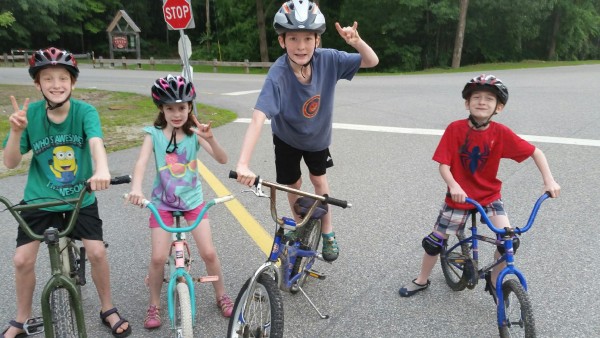

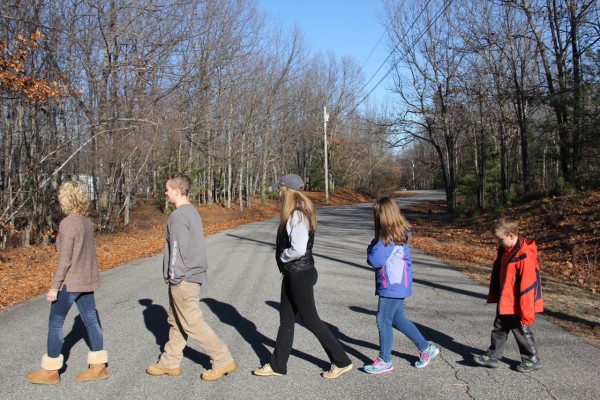
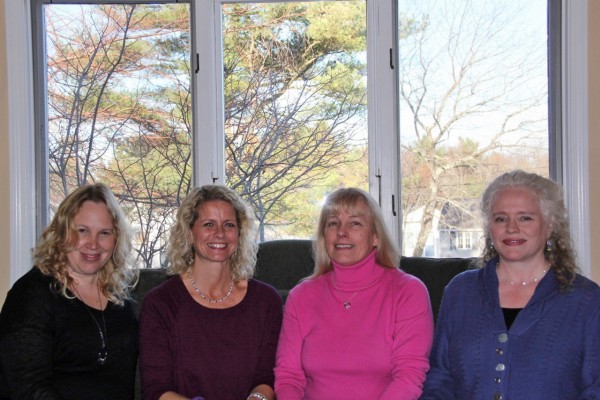
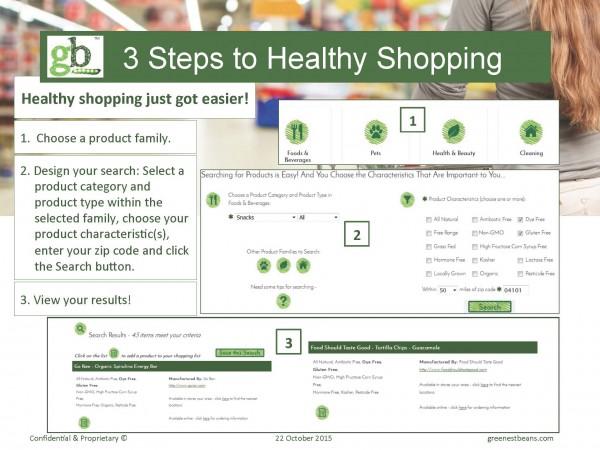
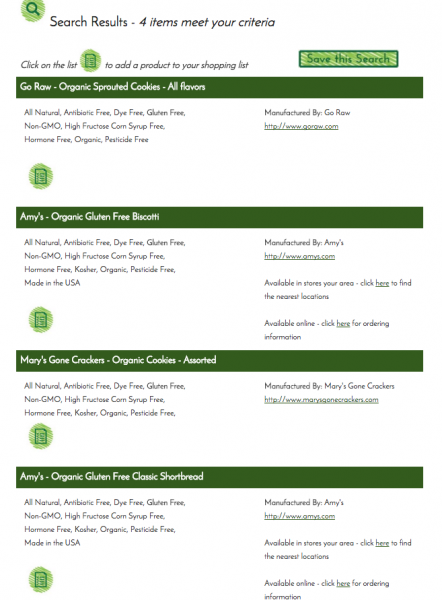
Leave A Comment